Natural Gas in Oregon: Difference between revisions
No edit summary |
No edit summary |
||
| Line 33: | Line 33: | ||
<big>'''Back to</big>: [[Green industry]] ''' << | <big>'''Back to</big>: [[Green industry]] ''' << | ||
[[Category:Energy]] | |||
Revision as of 22:53, 28 June 2011

<< Back to: Green industry <<
Natural gas (in its gaseous state) may not be "renewable", but it is still relatively plentiful, cheap, clean and can be stored. Natural gas consists primarily of methane, and is used to generate about a quarter of all the electricity generated in the United States. Although natural gas is not as clean as wind and water, it will continue to be seen as a viable energy source readily available in the United States. Natural gas boils water, which makes steam, which turns electric generators.
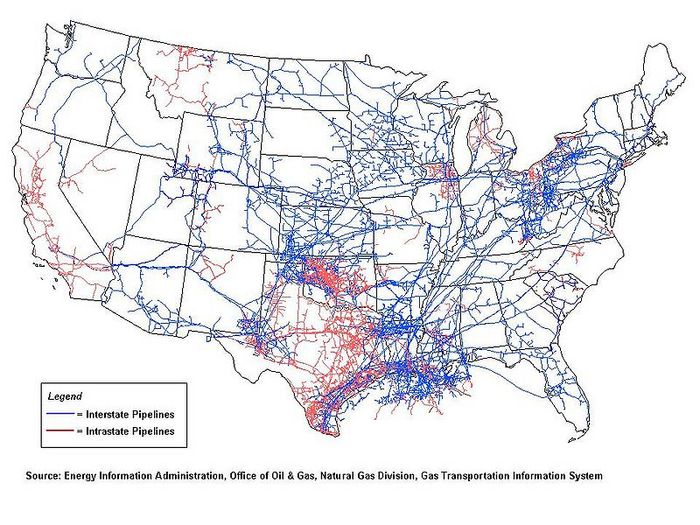
Mist Oregon not only contains buried Natural Gas, it also contains a natural gas storage capability. The Mist Gas Fields have been developed into the only producing natural gas site in Oregon. The gas is found in relatively shallow pockets (2200 feet) with a solid dome above it and salt water below it. The geology is also ideal for gas storage. It is controlled by NW Natural (formerly Northwest Natural Gas) and is connected by several pipelines, including a 16-inch and a 24-inch pipeline along the Nehalem Highway.
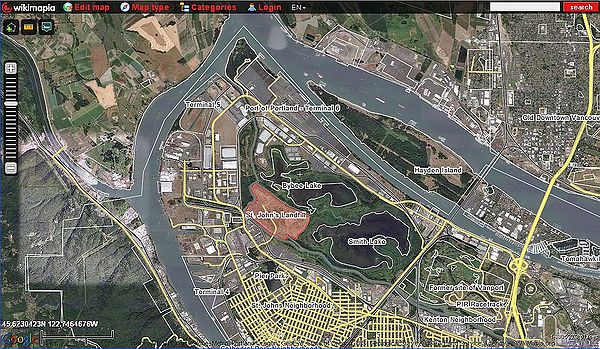
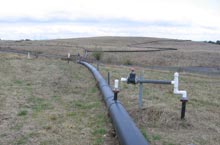
Decaying waste produces methane gas, which is the primary ingredient in Natural Gas. But it poses risk of fire and explosion in closed landfills, like St. Johns Landfill St John's Landfill Map.
Metro installed a network of about 188 wells and trenches and 16 miles of pipeline across the St. John's landfill (right) when the facility was closed. The methane gas is drawn to a compressor station from where it is pushed through two miles of pipeline to the Ash Grove Cement Company, where it is used to fuel lime kilns.
Three years ago NW Natural launched Smart Energy, a voluntary offset program to reduce carbon footprints, while assisting dairies in turning cow waste into a renewable fuel.
The Climate Trust, a local nonprofit developes offset projects. They helped fund three regional biodigesters – two in Washington and one in Oregon. Pipes deliver manure to a digester tank, which captures and combusts the methane in a generator to make renewable electricity.
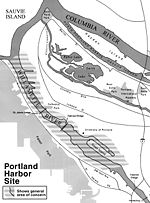
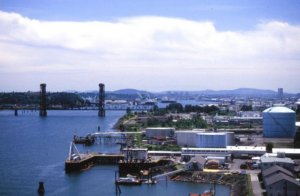
The downtown Portland Harbor, was added to EPA's National Priorities List of contaminated superfund sites (left) in December 2000. The initial focus of the study was the heavily industrialized area between Swan and Sauvie Islands. The investigation area currently extends from the Columbia Slough to the Fremont Bridge.
More than a century of historical industrial use has resulted in Willamette River sediments being contaminated with many hazardous substances, such as heavy metals, polychlorinated biphenyls (PCBs), polynuclear aromatic hydrocarbons (PAH), dioxin/furans, and pesticides.
Bend-based InEnTec has recognized for its waste gasification system, which the company calls the Plasma Enhanced Melter that transforms industrial wastes into a gas that can be used to produce electricity.

InEnTech has a joint venture with Waste Management called S4 Energy Solutions, which is working on a renewable fuel project at the Columbia Ridge Landfill in Arlington, Ore Map.
NEXT: Liquified Natural Gas in Oregon
Back to: Green industry <<